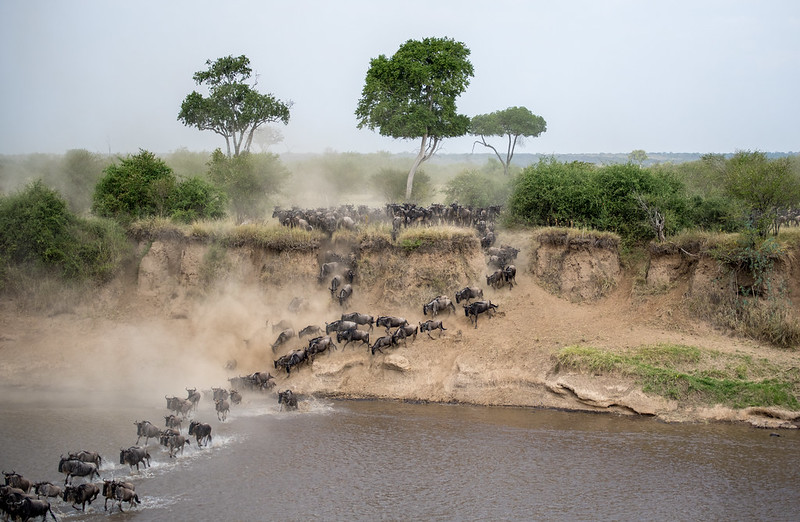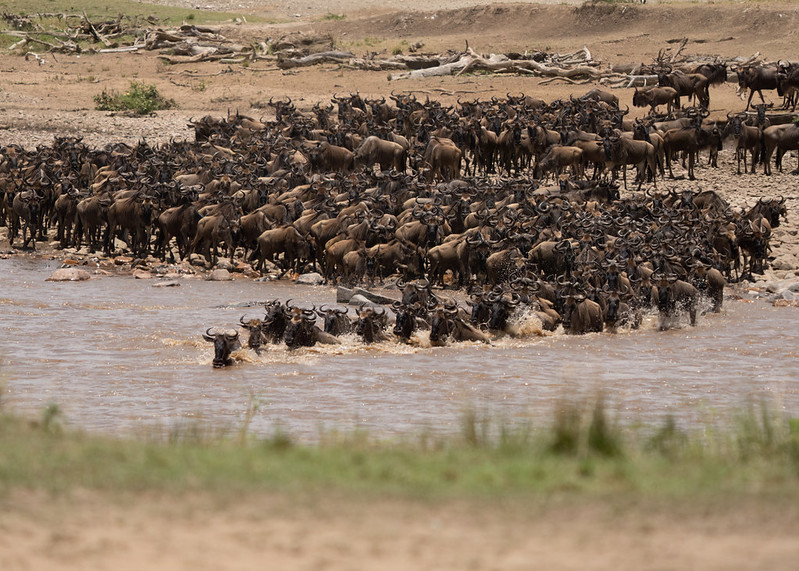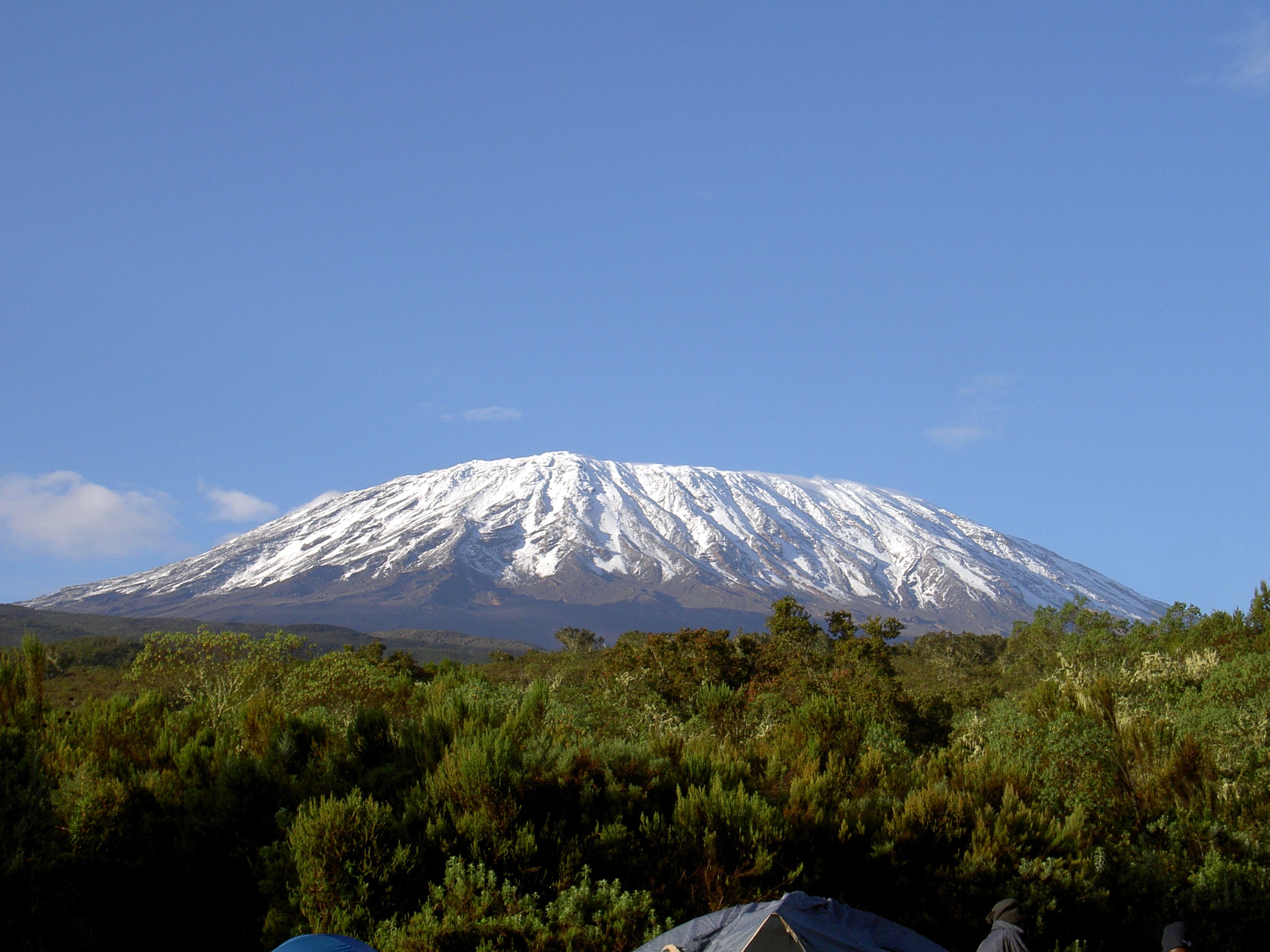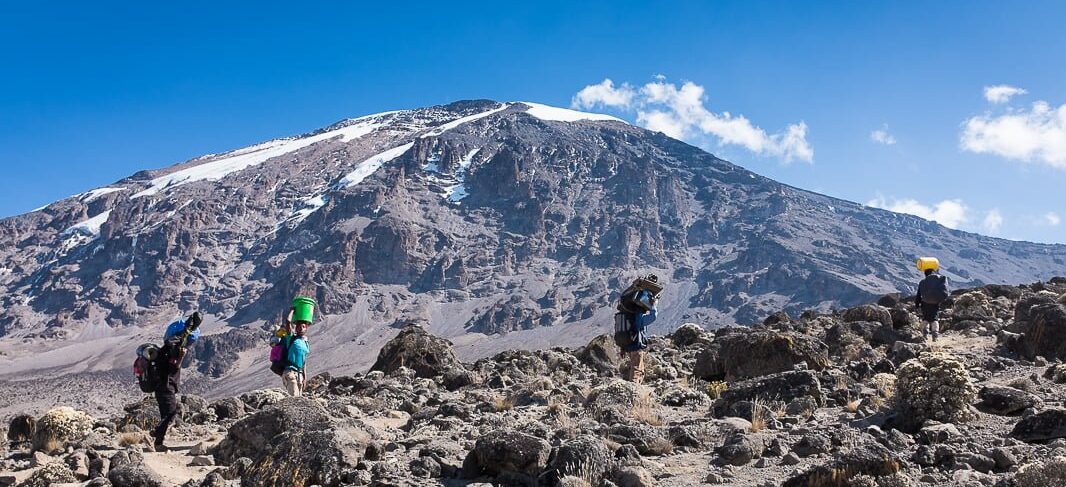Kenya Safari Tours – Winter in Kenya/ Weather
Winter in Kenya/ Weather
Kenya as a country is an iconic safari and must visit destination in Easy Africa. Kenya offers a number of attractions ranging from Savannah wildlife, white sand beaches, stunning views of Mount Kilimanjaro and bustling Nairobi markets all com in handy while in safari in Kenya during the winter. Located nearer to the equator, Kenya experiences two climatic seasons that is the wet season and the dry season from the month of September which is also winter time making it the perfect time to visit Kenya’s national parks.
Winter comes in with a number of advantages, this period is often considered a good time for safaris as the weather is typically dry and wildlife is abundant. Temperatures are warm and pleasant, making it a popular time for tourists. Then from July to October, is another excellent time for a safari in Kenya. The Great Migration of wildebeest and zebras occurs during this period in the Maasai Mara National Reserve.
Wildlife viewing is exceptional as animals gather around water sources.
If you’re looking for a safari during the “winter” months of December to March, you’ll experience dry and warmer conditions, which are ideal for safari adventures in Kenya.
It’s important to note that weather patterns can vary slightly from year to year, so it’s a good idea to check weather forecasts closer to your planned travel dates. Additionally, it’s advisable to book your safari with a reputable tour operator who can provide guidance on the best times to visit for optimal wildlife viewing and overall safari experience.
Besides the wildlife, winter in Kenya also offers fur more greater opportunities to explore its incredible landscapes, from the snow-capped peaks of Mount Kenya to the beautiful and colorful waters of the Indian Ocean. If you’re looking for a little adventure, Kenya has plenty to offer—from hiking and mountain biking to snorkeling and diving. Therefore, incase you are looking for a winter escape that is a little off the beaten path, come to Kenya with its unique blend of natural beauty, exciting activities and unforgettable experiences, visiting Kenya will live you with ever lasting memories. Kenya also offers interesting opportunities for honeymoon safaris, family trips among other interesting safari experiences to encounter.
Weather and Temperatures in Kenya during Winter
Kenya, being located near the equator in East Africa, typically experiences mild and consistent weather throughout the year due to its equatorial and tropical climate. Unlike regions with distinct four-season patterns, Kenya has two main seasons: a dry season and a wet season.
Dry Season (Winter in the Northern Hemisphere):
The dry season in Kenya usually occurs from June to October. During this period, the weather is generally cooler and drier compared to the wet season. However, it’s important to note that “winter” in the Northern Hemisphere is actually the dry season in Kenya.
Temperatures during the day range from 20 to 25 degrees Celsius (68 to 77 degrees Fahrenheit) on average. At night, temperatures can drop, often reaching around 10 to 15 degrees Celsius (50 to 59 degrees Fahrenheit).
The skies are mostly clear with plenty of sunshine. Rainfall is infrequent during this season, and humidity levels are relatively lower.
Wet Season (Summer in the Northern Hemisphere):
The wet season in Kenya usually occurs from November to May, with peak rainfall typically falling between March and May. This is opposite to the summer season in the Northern Hemisphere. Here’s what you can expect during this time:
Temperatures during the day range from 25 to 30 degrees Celsius (77 to 86 degrees Fahrenheit) on average. Nighttime temperatures generally stay above 15 degrees Celsius (59 degrees Fahrenheit).
The wet season is characterized by more frequent and heavier rainfall. Humidity levels are higher, and cloud cover is common.
Why Visit Kenya In Winter?
The winter in Kenya is the perfectly the dry season is the ideal weather for a wider range of activities ranging from wildlife watching, city excursions, as well as relaxing on the beach. There several reasons why visiting Kenya in the dry season/ winter is a key factor to consider.
Outdoor Adventures; Kenya offers a variety of outdoor adventures that can be enjoyed during the winter season, which typically spans from June to August in the Southern Hemisphere. Here are some popular outdoor activities you can engage in during winter in Kenya:
Safari in National Parks and Reserves:
Kenya is renowned for its incredible wildlife and diverse ecosystems. Visiting national parks and reserves like Maasai Mara, Amboseli, Tsavo, and Samburu during the winter months allows for excellent game viewing as animals gather around water sources due to the dry season.
Hiking and Trekking:
Kenya is home to stunning mountains and highland areas that are perfect for hiking and trekking. Mount Kenya and the Aberdare Range offer challenging hikes and beautiful scenery. The cooler, drier winter months are ideal for outdoor activities like these.
Mountain Biking:
Explore Kenya’s diverse landscapes on a mountain biking adventure. There are various trails and routes to choose from, ranging from scenic rides through national parks to more challenging mountain trails.
Hot Air Balloon Safaris:
Enjoy a unique perspective of Kenya’s wildlife and landscapes by taking a hot air balloon safari. Floating over the savannah and watching the sunrise or sunset is a magical experience.
Bird Watching:
Kenya is a paradise for bird enthusiasts, with over 1,000 bird species. The dry winter season attracts a plethora of migratory birds, making it an excellent time for bird watching.
Rock Climbing:
Head to Hell’s Gate National Park or the Central Highlands for rock climbing adventures. The mild winter weather provides great conditions for rock climbing enthusiasts.
Beach Activities:
Kenya has a beautiful coastline along the Indian Ocean, offering opportunities for water sports like snorkeling, scuba diving, kite surfing, and beachcombing. The coastal region has warm temperatures during the winter, making it a great escape.
Camping:
Experience the beauty of Kenya’s natural landscapes by camping in national parks or conservancies. The cooler nights during winter make camping more comfortable.
Cultural Tours:
Engage in cultural tours and visits to local communities to learn about Kenya’s diverse cultures and traditions. Interact with the Maasai, Samburu, and other ethnic groups to gain insights into their way of life.
The Great Wildebeest Migration: This is one of the popular safaris activities in Kenya that draws in several visitors from various parts of the world to come and witness this great phenomenon. This is the world’s great spectacles when millions of wildebeests gather in massive numbers to cross the mara river infested with crocodiles. The wildebeest migration typically starts in July and ends in September which is the winter season in Kenya. This great event is spectacular to see its self as great number of wildebeests gazelles, and Zebras struggle to cross in Masai Mara in fear for their lives due to the effect the dangerous crocodiles and in the savannah grassland, the predators are also waiting on keenly to pounce on the small wildebeests as well as week and wounded animals. Take a hot air balloon safari and fly above the skies of Masai mara and watch the show of millions of wildebeests and Zebras migrating with an eagle’s eye view.
The Cultural festivals and events in Kenya: Kenya is a culturally diverse country with a rich heritage, and as such, it hosts a variety of festivals and events throughout the year that celebrate its diverse ethnic groups, traditions, and customs. Here are some notable cultural festivals and events in Kenya:
Madaraka Day (June 1):
Madaraka Day commemorates Kenya’s attainment of self-rule from British colonial rule in 1963. It’s a national holiday marked by celebrations, parades, cultural performances, and political speeches.
Jamhuri Day (December 12):
Jamhuri Day, also known as Independence Day, celebrates Kenya’s full independence from British rule in 1964. The day is marked with festivities, cultural displays, and various events across the country.
Lamu Cultural Festival:
Held in Lamu Island, this festival celebrates the unique Swahili culture of the Lamu Archipelago. It includes dhow races, traditional dances, art exhibitions, and displays of local handicrafts.
Safari Rally:
The Safari Rally is a world-famous motorsport event that takes place in various locations across Kenya. It’s known for its challenging off-road tracks and draws motorsport enthusiasts from around the world.
Nairobi International Book Fair:
This annual event celebrates literature and books, featuring book launches, author signings, discussions, and exhibitions. It’s a great platform for authors, publishers, and readers to come together.
Kwita Izina – Mountain Gorilla Naming Ceremony (Kinigi, Rwanda):
Although not in Kenya, this nearby event in Rwanda is significant for wildlife conservation in the region. It involves the naming of newborn mountain gorillas and aims to raise awareness about their conservation.
Maralal International Camel Derby:
This event, held in Maralal, is a unique camel race attracting participants and spectators from around the world. It’s a thrilling experience that showcases the importance of camels in the region’s culture.
Kilifi New Year’s Festival:
A popular music and arts festival held annually in Kilifi, featuring local and international musicians, artists, performers, and cultural exhibitions.
Mombasa Carnival:
Celebrated in the coastal city of Mombasa, this carnival is a colorful event showcasing the diverse cultures of the coastal region through music, dance, costumes, and parades.
Eid ul-Fitr and Eid ul-Adha:
These are significant Islamic festivals celebrated by the Muslim community in Kenya. They involve communal prayers, feasting, and charitable activities.
Kisumu Annual Festival (Kisumu):
Celebrating the culture of the Luo community, this festival features traditional music, dance, and exhibitions of traditional artifacts.
These events provide a glimpse into the rich cultural tapestry of Kenya, allowing both locals and visitors to appreciate the diverse traditions and heritage of the country.




